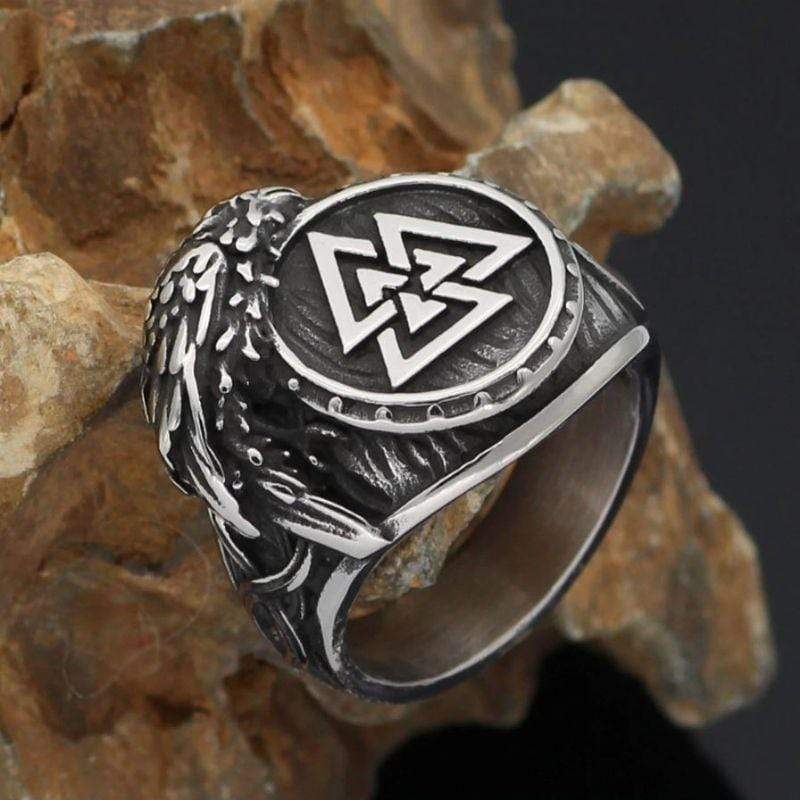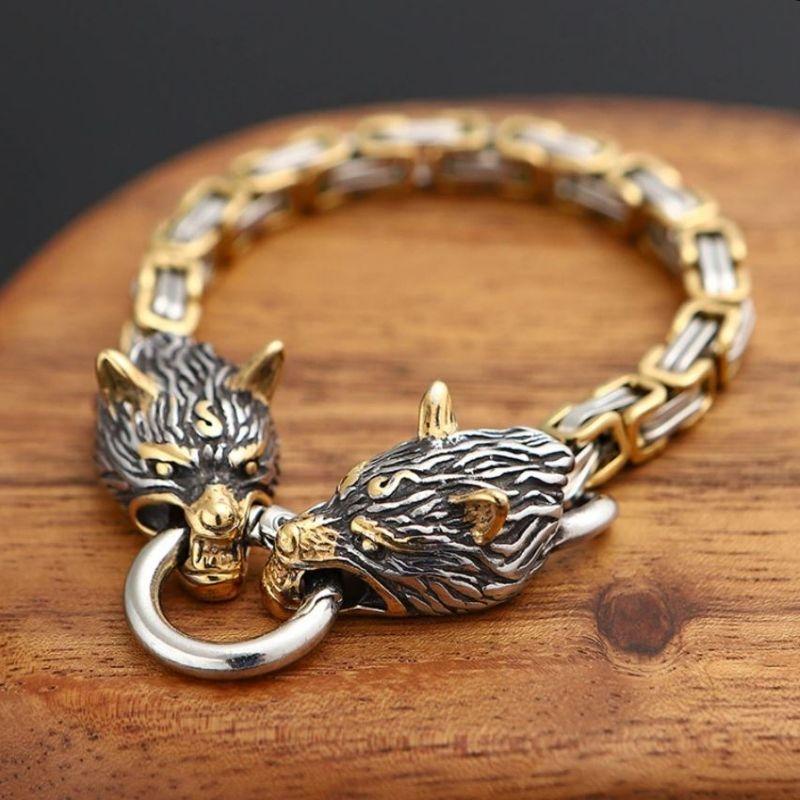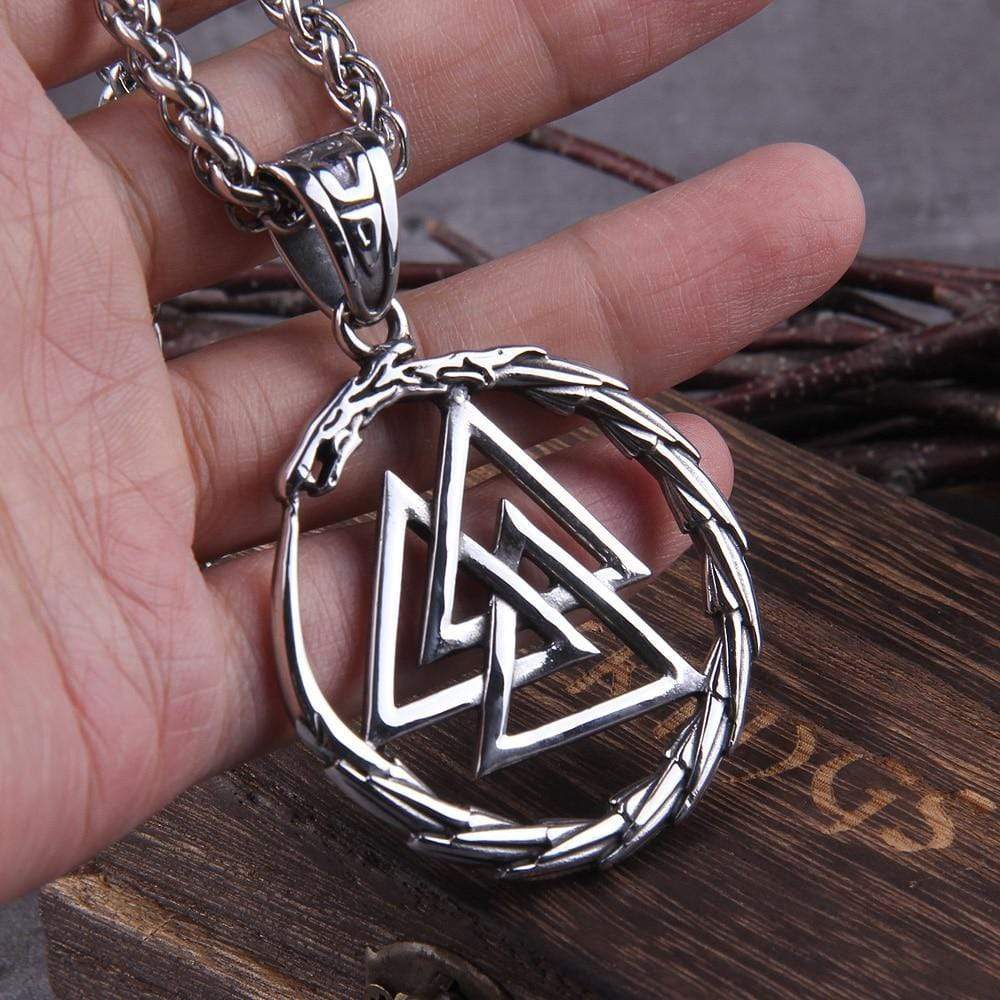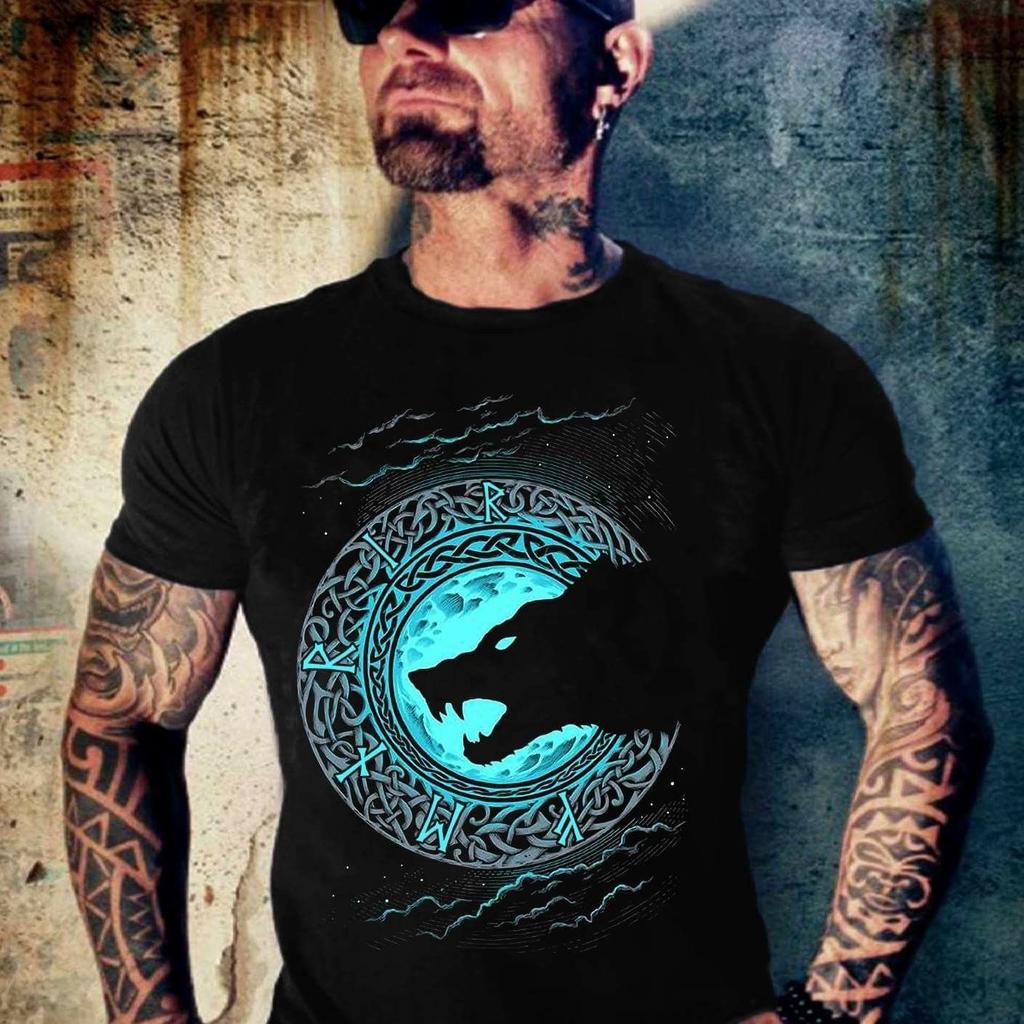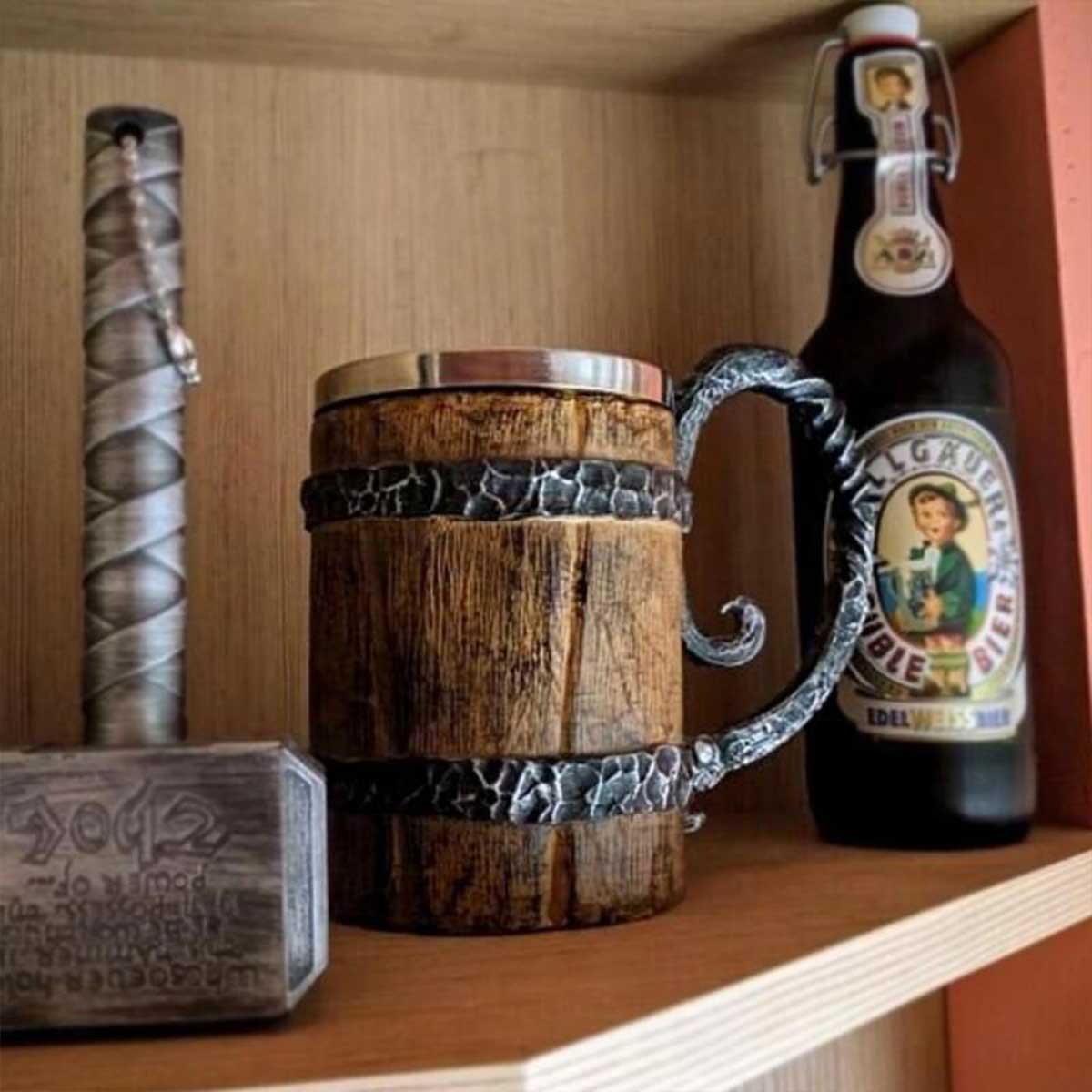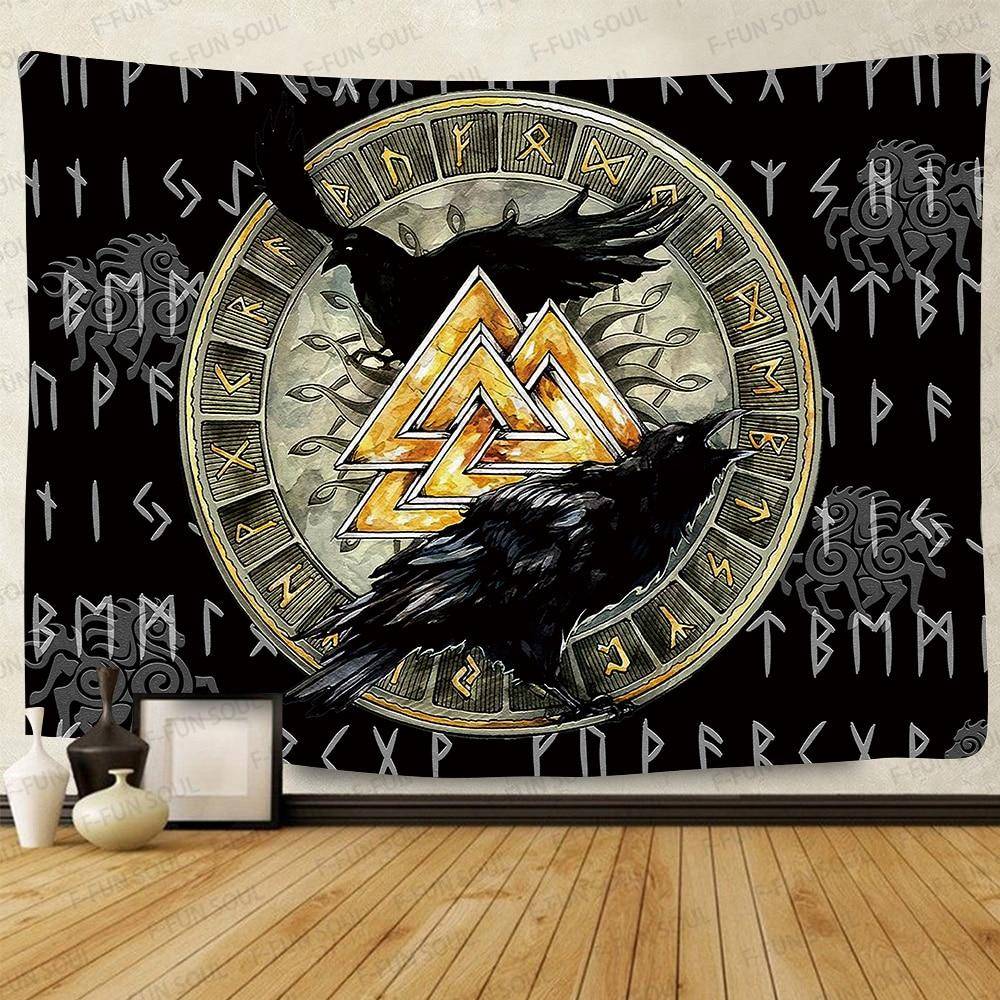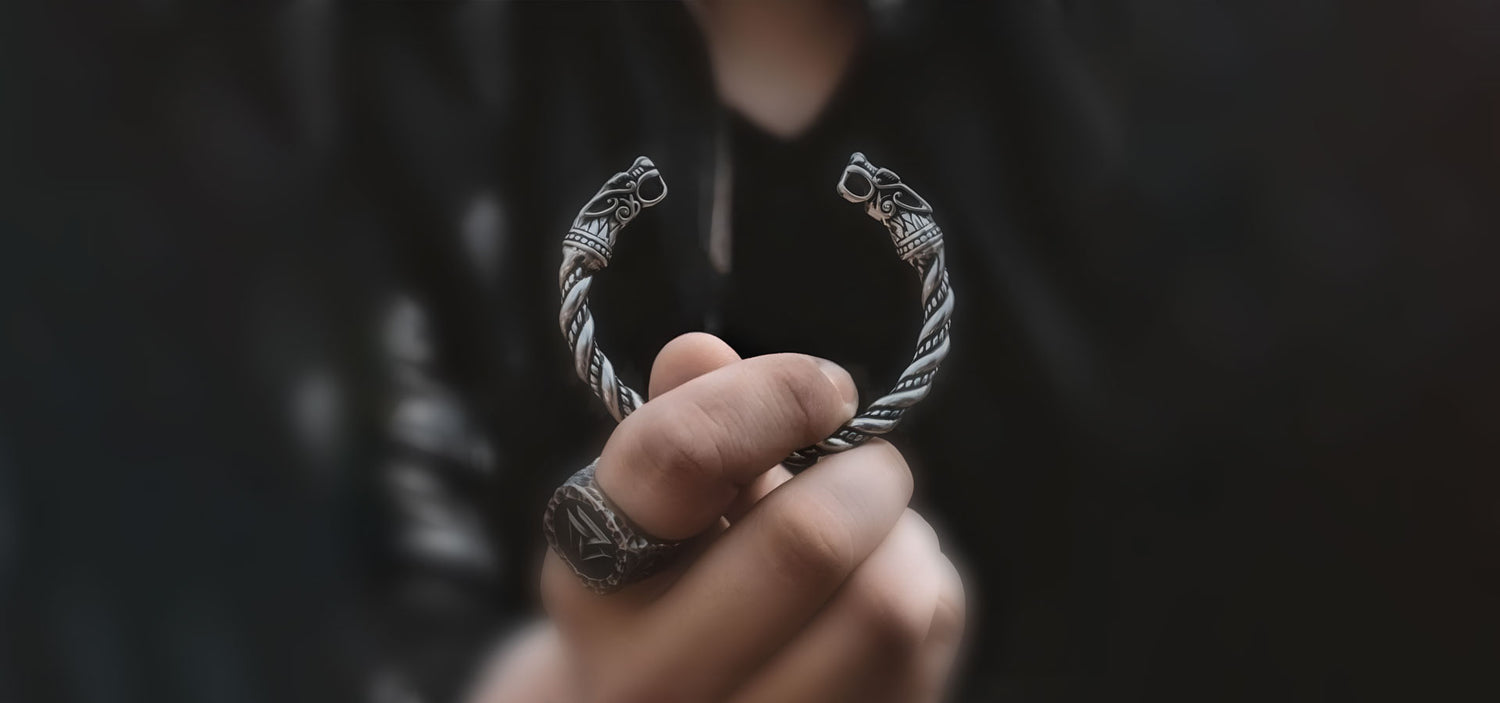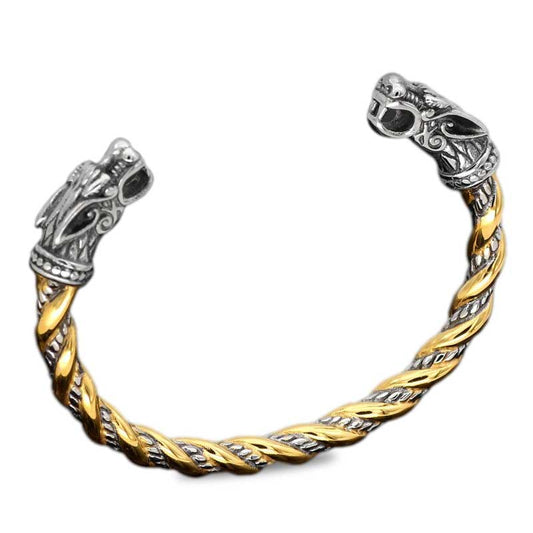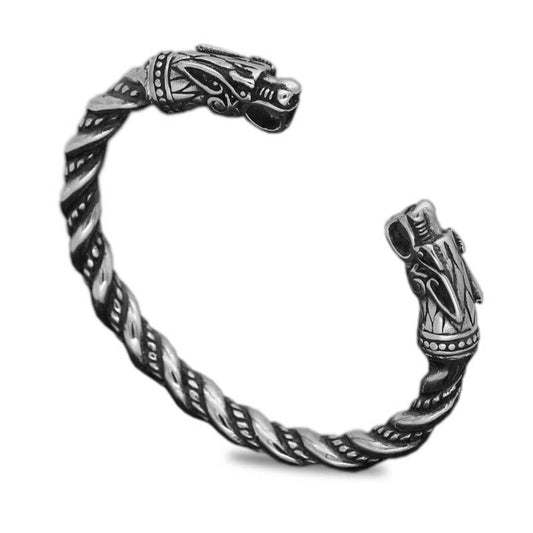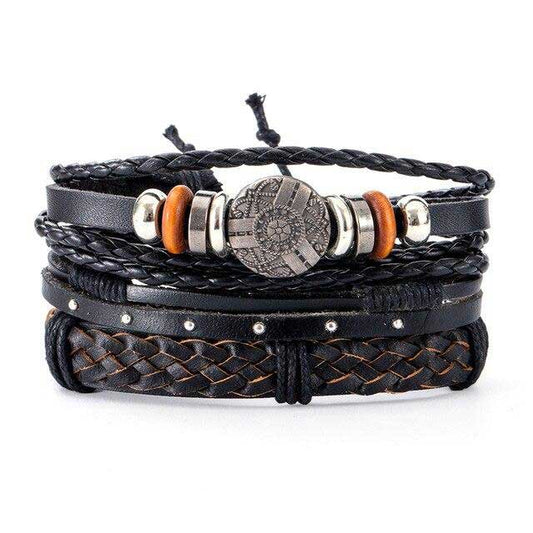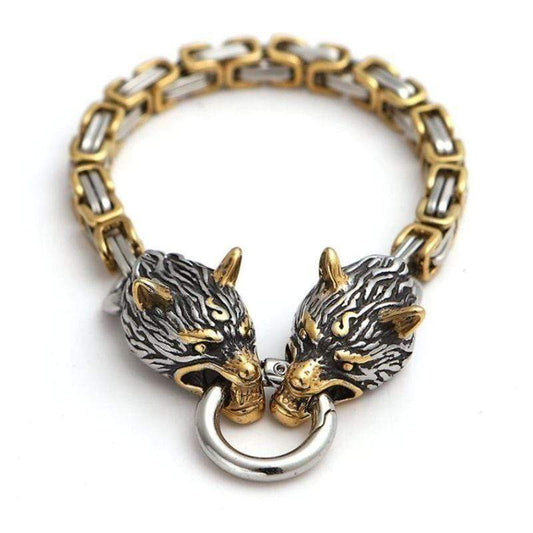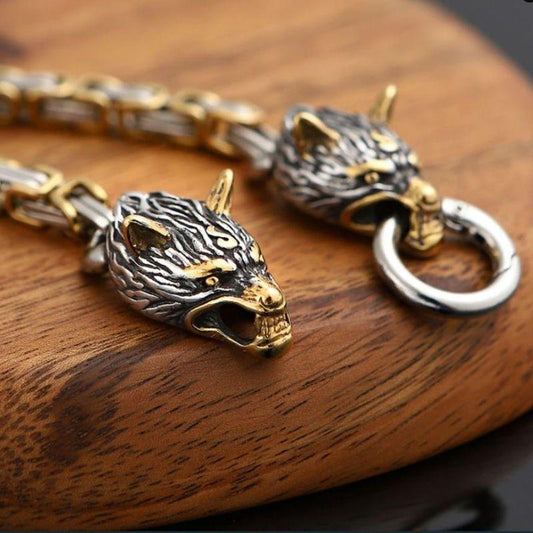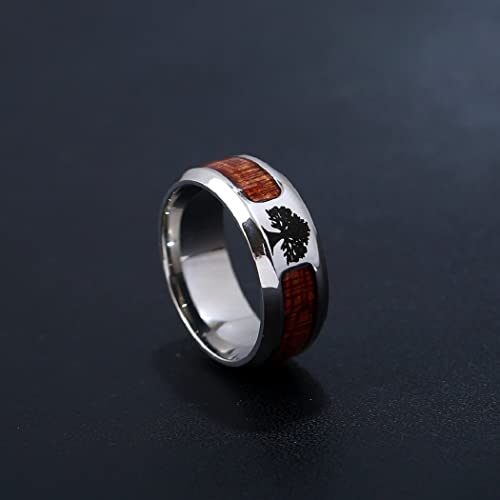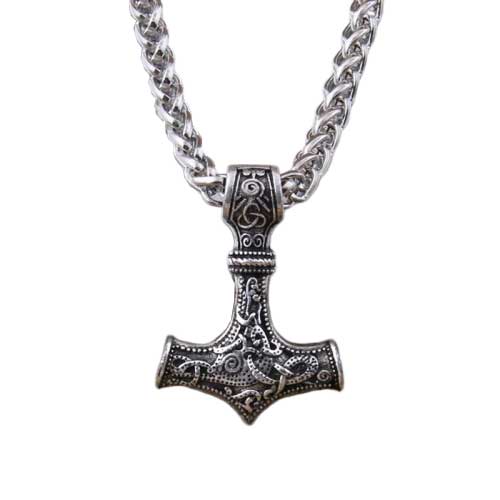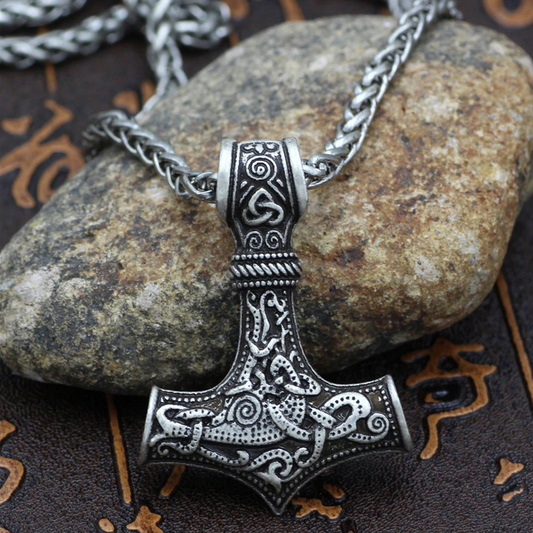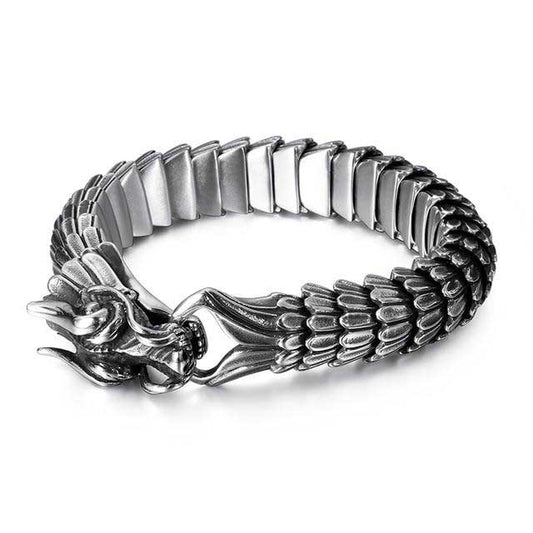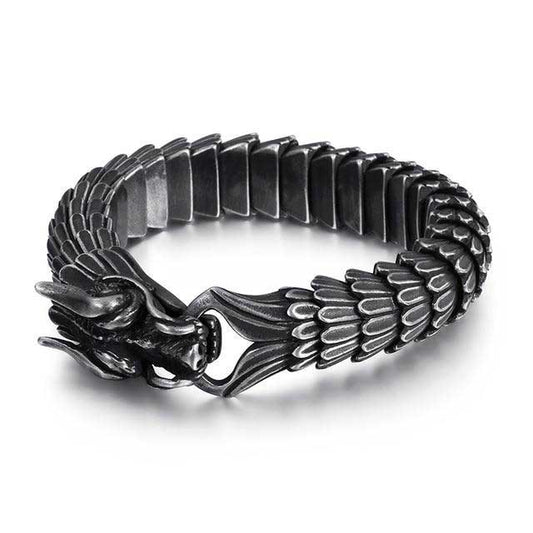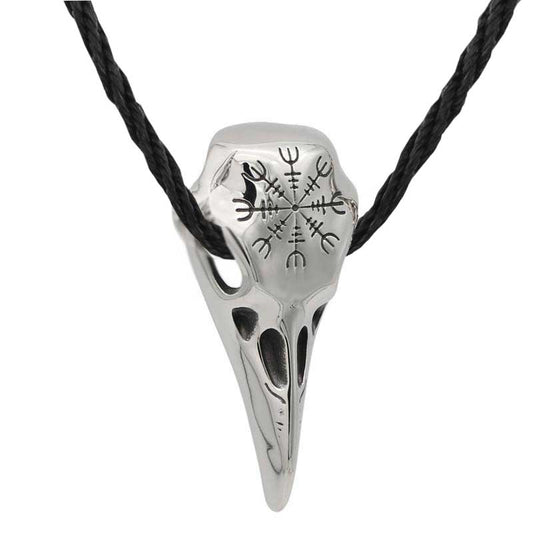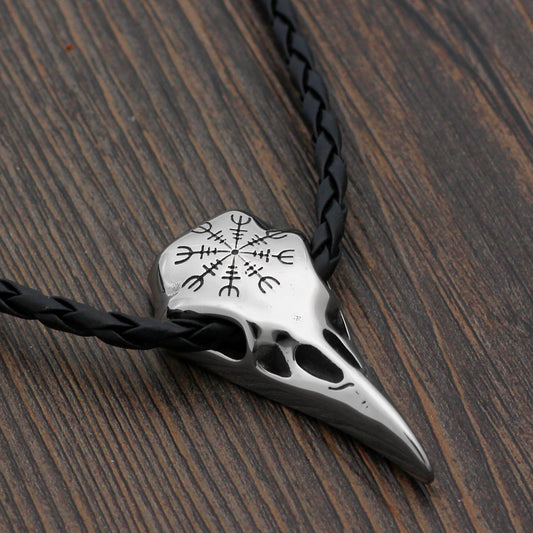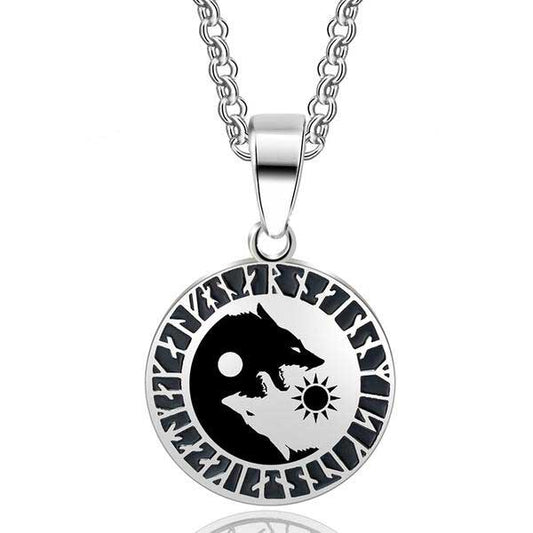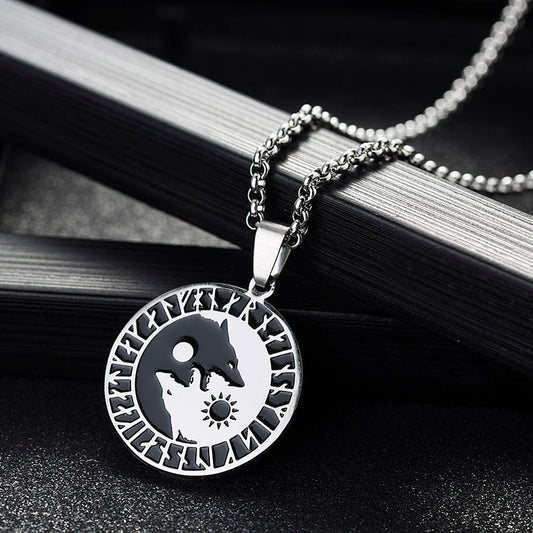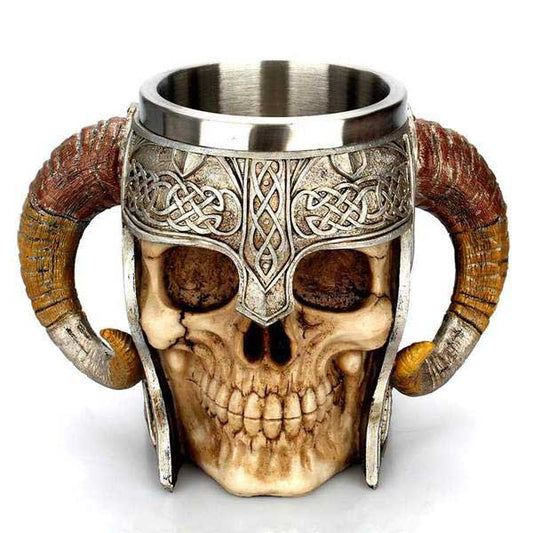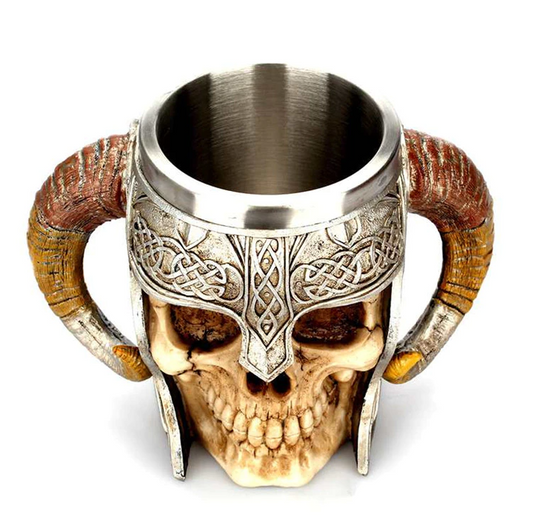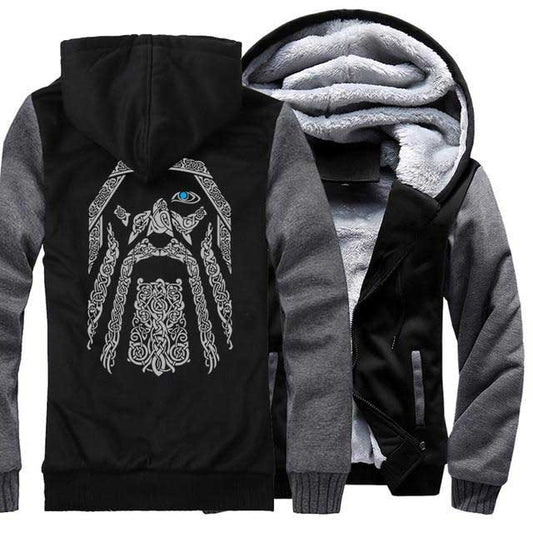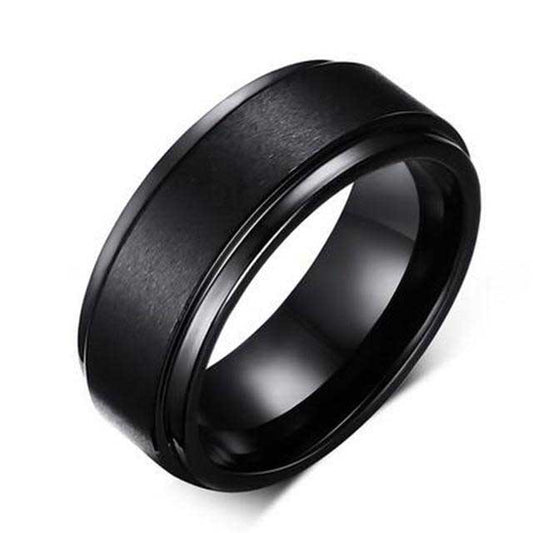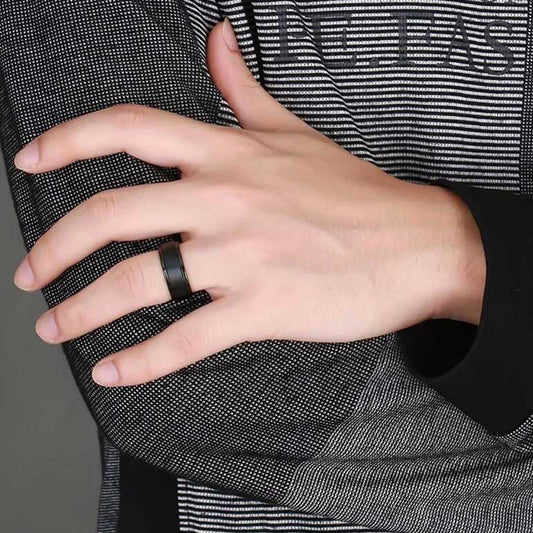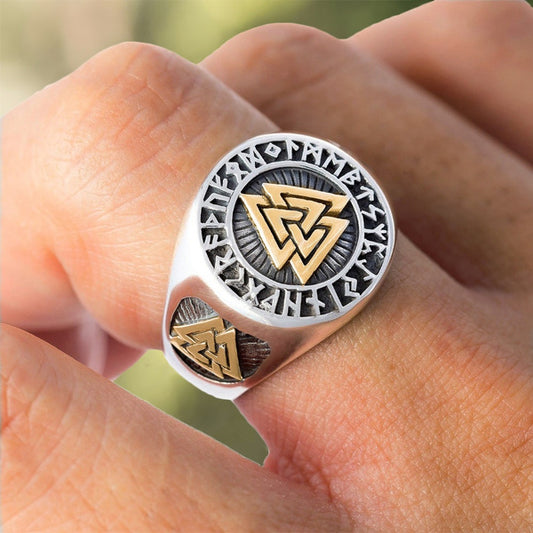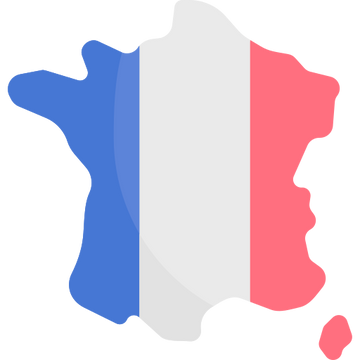Festivals and traditions are essential in the culture of the Nordic countries. Thousands of years ago, the Vikings had their own rituals and customs . While certain dates were celebrated at the time, others were added to the calendar over the centuries and years. And today, these moments are still as important in Scandinavian culture.
In the Nordic countries, moreover, every party is watered as it should be. Smoked salmon, marinated herring, fish eggs and various salads or other dishes are out to celebrate the feast of the day in the best possible way. A brief overview of the great Nordic festivals.
Imbolc - February 1

This mainly Irish festival is at the origin of the candlemas that we know today. It symbolizes the end of winter and the return of spring and life. Linked to fertility, this festival is celebrated by starting the meal with a bowl of sheep's milk mixed with grain alcohol. At least in the Middle Ages. Indeed, the agricultural societies prepared the lambing at this time of the year, and therefore the lactation of the cattle.
Vali Day - February 14

This holiday is celebrated in honor of Balder , who was killed by his brother Hodr under the influence of the trickster god Loki. She is also named in honor of Vali , sired to avenge Balder's death. On this day, Scandinavian families gather and exchange their wishes . Some couples also take the opportunity to renew their vows . Today, February 14 is also considered the feast of lovers in many countries around the world. Much like Cupid is today, Vali was always depicted with an arch.
Spring Equinox - March 20

Scandinavians celebrate the end of winter and the start of harvest . They therefore celebrate the goddesses Frigg and Freya , by pouring water or any other liquid on the ground, to mark the rebirth of nature.
Blót / Disablot - March 21

At the same time as the spring equinox, Scandinavians celebrate Disablot. This festival is celebrated every 9 years in Uppsala in Sweden . The Scandinavians make their sacrifice there to the Disirs , the goddesses capable of predicting the future. After offering their offerings, the Scandinavians come together for a big meal that they share.
The day of Yggdrasil - April 25

This day marks the importance of the Nordic tree of life, Yggdrasil. It is therefore the latter that is celebrated every April 25 in the Nordic countries. Some take advantage of this holiday to plant a tree .
Valborg, the fire festival - April 30

During the night of April 30 , known as Walpurgis, the Scandinavians celebrate the arrival of spring , the lengthening of the days and renewal. Today, great fireworks are set off and fires lit with the branches of the past winter. In some towns, choirs are also organized and spring hymns can be heard in the streets. Black beer can also be poured on the ground in some countries.
Summer Solstice - June 21

The longest day of the year. The deities Freyr, Baldr or Tyr can be honored that day . Scandinavians celebrate sunlight , but also warmth and fertility . Today, Scandinavians celebrate "midsommardagen" between June 20 and 26. They decorate towns and villages with masts with branches and flowers. The women wear a crown of flowers and everyone dances and sings.
Legend has it that young women must, during this period, silently pick 7 flowers of different species, place them under their pillow and dream of their future husband. And the magic could well operate...
Sleipnir - July 26

The eight-legged horse Sleipnir is celebrated on this day. This is the Feast of Life .
Lamnas - August 1

Feast of bread , first harvests and harvests . During this festival, which can extend throughout the month of August, it is customary to take bread made with the new harvest to the church. It was then blessed there and, sometimes, divided into four pieces to be placed at the four corners of a large one in order to protect the stored grain.
Kräftskiva: end of August

Kräftskiva, the crayfish festival is celebrated mainly in Sweden, and has been since 1930 . On the table that day: only crayfish! And for good reason, this celebration is derived from a bourgeois ritual that is the consumption of crayfish. In the 16th century, the sea animal became a delicacy. A century later, the Swedes consume it more and more. So in the 1930s, the crayfish was placed at the heart of the festival every August. The festival begins at the end of August and continues until the beginning of September. At the same time that crayfish fishing is again authorized (prohibited from November to August).
Autumn Equinox - September 22

The Scandinavians appeal to Odin to find the strength to pass this season which welcomes darkness and death. And which also welcomes the cold and the rain.
Einherjahr - November 11

This festival is that of the warriors who have entered Valhalla , the Einherjars. Scandinavians raise their horns in their honor . And so in honor of all the warriors who died in battle.
Saint Lucia - December 13

The Scandinavians celebrate Saint Lucia there, sacrificed in the year 304 for having chosen the Christian faith . On this day, young Scandinavian girls wear a crown of light , lit with candles, and dress in white. A procession is often organized, and songs mingle with tastings of "glögg" (mulled wine), cinnamon biscuits and saffron rolls.
Yule/Jol - December 21

The winter solstice , fertility and fecundity are celebrated there and for this, sacrifices to the gods are made there. These are then supposed to promote future harvests. In the Nordic countries, Jol is very quickly associated with the Christmas celebration . Nearly 2000 BC, the one that is now called Yule is celebrated throughout Scandinavia. Indeed, according to some texts, Heimdall would come down from his throne at this time of the year to come and visit young children and reward them for behaving well the rest of the year . Legend has it that the wisest get a sock filled with gifts. When the most turbulent are only entitled to a sock filled with ashes. A story that reminds a bit of Santa Claus , right?
Scandinavians lit candles and made mistletoe wreaths. Then they would tell each other stories around a wood fire. Yule was already at the time a family celebration where everyone gathers around a good meal.
